Invasion of the plant species
 One of the problems with a great climate is that you never know what will grow there.
One of the problems with a great climate is that you never know what will grow there.
Unfortunately, through global commerce, and just plain carelessness, "alien" species have been introduced, that proliferate wildly, to the detriment of the environment.
One example seen here is a giant reed, which looks a bit like bamboo (which, although introduced, is not a problem). This reed grows abundantly in drainage ditches, clogging them, and blocking sight lines along roads. As a result, municipalities have to fight a constant war against them. Here the reeds have been mowed down, but they'll be back!
Here's another one, the prickly pear cactus, seen here growing at the roadside. The cactus is native to the Americas, but was spread around the world, primarily to use as fencing before the advent of barbed wire. It is a problem in Australia and Asia (not so much in Europe).
In one of life's little ironies, a cactus moth was successfully used as a biological control agent in the Caribbean, but became a little too successful, and is now considered an invasive pest in areas where the cactus is a native species. The moral of the story? Be careful what you import. See also the story of the Cane Toad in Australia and Purple Loosestrife in Ontario.

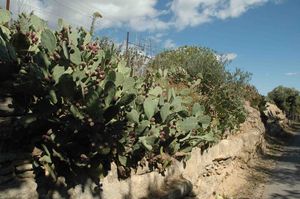



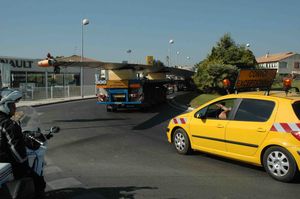







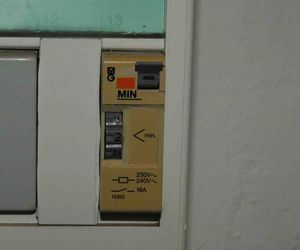

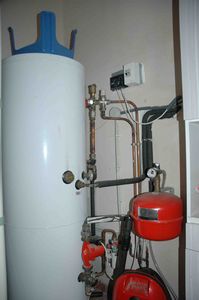



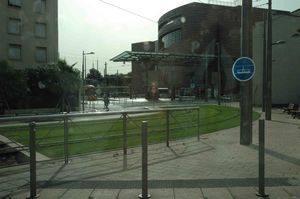
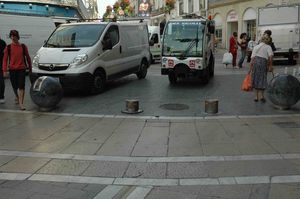

 When you get off the tram, you can rent a bicycle from one of many coin operated booths in the area. There are three universities in Montpellier. The tram-bike system is a practical solution for students that live in the suburbs, but need to move around once they are in town. It works well for tourists too. The bikes are heavy duty, and may be returned to any of the rental stations.
When you get off the tram, you can rent a bicycle from one of many coin operated booths in the area. There are three universities in Montpellier. The tram-bike system is a practical solution for students that live in the suburbs, but need to move around once they are in town. It works well for tourists too. The bikes are heavy duty, and may be returned to any of the rental stations.